Melinda left a comment on yesterday’s message:
“Linda, what about some shapes to use for sashing or borders. I like the way this sashing looks in this antique quilt on Barbara Brackman’s blog. I have been wanting to do one for a miniature Dresden that I need to finish.”
She gave the link to a wonderful old quilt (possibly 1820-1860) on Barbara Brackman’s Material Culture blog.
Barbara posted photos of two blue and white quilts with “sash and block” stars. Her notes on dating the two quilts are fascinating.
I used the worksheets in the Inklingo Storm At Sea Design Book (free download) to draw these diagrams of the designs.
Yes! The diamonds, squares, and triangles are the same shapes used in Storm At Sea quilts!
GOOD NEWS
The shapes are already inklingoable.
BAD NEWS
The problem with Inklingo is that the collection names are misleading—because they are amazing.
Inklingo Shape Collections are so versatile that it has been difficult to name them. This design is a good example. Most quilters would not look at it and automatically think “Aha, I need Storm At Sea shapes.”
The Inklingo Index of Shapes (under the Support tab on the website) is the best way to find out if the shapes you want are available yet. Each Inklingo shape is named with the finished size, to make it simple. (And sometimes a comment on a blog gets you the right answer too.)
With Inklingo Storm At Sea Shape Collections, many variations are possible, and there are 5 different sizes. . .
. . . so the large white squares in these layouts could be 3 inches, 4 inches, 4.5 inches, 6 inches, or 8 inches. (These would be rotary cut 3.5 inches, 4.5 inches, 5 inches, 6.5 inches, and 8.5 inches, not printed with Inklingo.)
The plain white squares in the antique quilts feature elaborate quilting. You can also use other blocks in those spaces, like Melinda’s plan for Dresden Plates, or Bonnie Hunter’s “In The Pink,” with Dear Jane™ blocks.
The triangles, diamonds, and small squares are quick and easy to cut with the shapes printed on the fabric with Inklingo—no measuring, no templates, no weird angles to cut (they are about 53.5 degrees), precision corners, and correct straight grain on every piece.
I enjoy hand piecing, but the units are so quick and easy to chain piece by machine, that I would not hand piece unless I needed it to be portable. Printing the shapes on the fabric with Inklingo is a fast and easy way to prep for hand piecing too, and the stitching lines and matching marks are absolutely precise.
I could go on and on—and I did! See the 80 pages in the free Design Book—instructions for cutting, sewing, and pressing, plus yardage requirements, worksheets, and design notes.
Good luck with your Dresden Plate blocks, Melinda. I hope you will download the free Storm At Sea Design Book and find everything you need for your “sash and block” stars!
Thank you for asking a great question. Any more?
Linda & Monkey
PS Remember, this blog is searchable. We have written about Storm At Sea before. Use the Search box (at the top) or the new Index tab to find more in the archives.

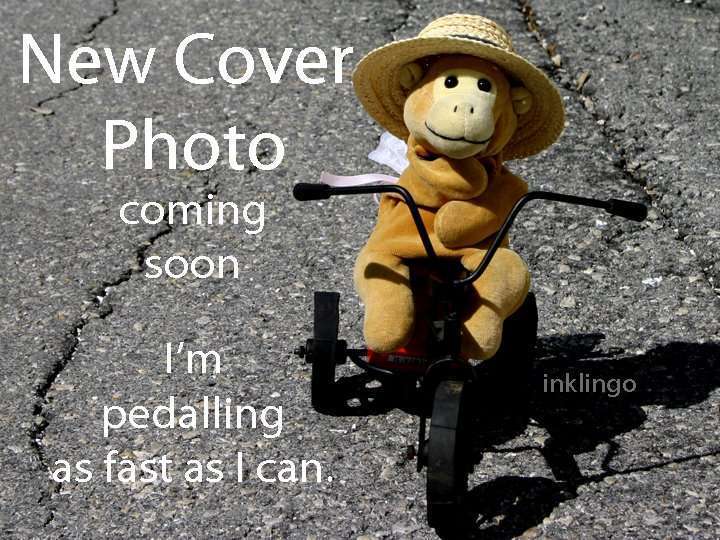
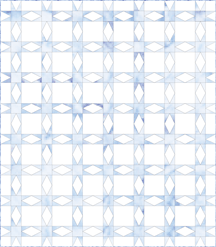
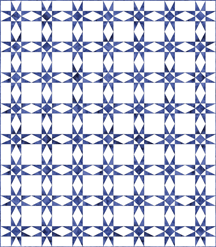
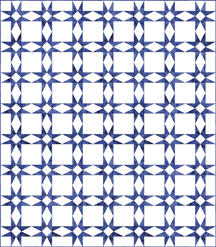
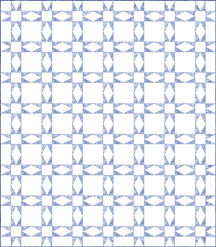

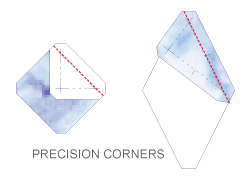
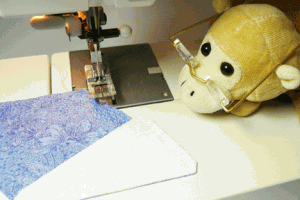


Hi Frummie, I had Bonnie’s permission to use her In the Pink quilt as an example in the Storm At Sea Design Book (page 16), but it would be very nice if you asked her about your plans and included her name as inspiration on your label. (I’m sure you would anyway.)
Barbara Brackman is amazing. Let’s not say she makes more work for me. Let’s say she inspires me to do more. Sounds better? The Clamshell/Pickle Dish quilt makes my heart sing. What is it about curves? I can’t resist.
That Barbara Brackman again… is she just out to make more work for you? Seriously it is nice to see the interest in antique and more complex quilts. Especially since we have Inklingo to make them easier. Thank you Linda and Monkey
you r such a smarty pants…LOL!
But if not you than who, you did write the program, eh?
I am going to start an Embryo Jane, maybe 6 or 9 blocks. Do you think Bonnie would mind my copying her storm @ sea? What do you say Bonnie?
Hugs to you all,
Frummie